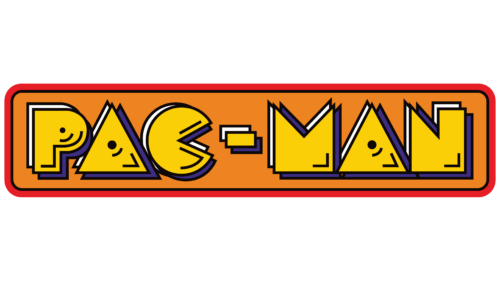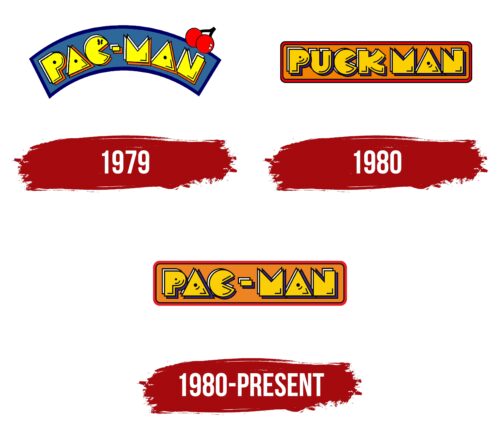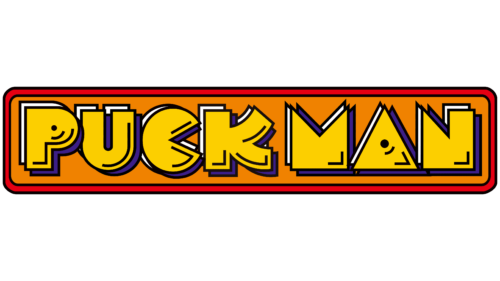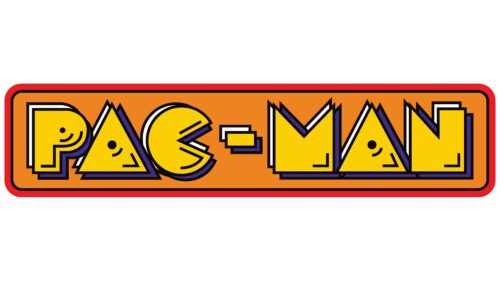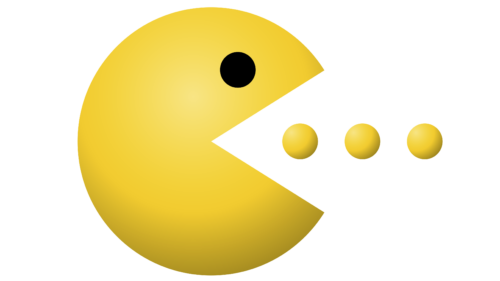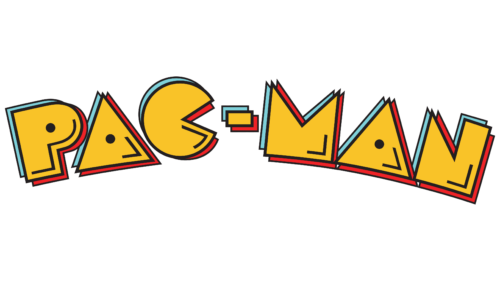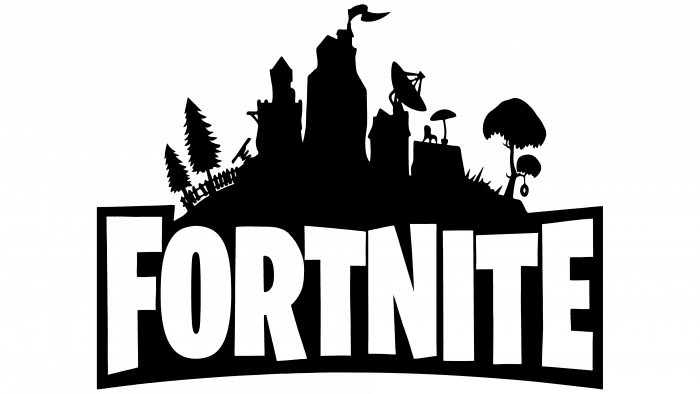The Pac-Man logo creates a friendly and welcoming atmosphere, motivating users to join the arcade and try their hand at its levels. The emblem focuses on the absence of aggression in order to attract the largest possible number of users.
Pacman: Brand overview
| Founded: | 1980 |
| Founder: | Namco |
| Headquarters: | Tokyo, Japan |
| Website: | pacman.com |
Pac-Man is a Japanese maze computer game from Namco, consisting of 256 levels that develop agility, quick reactions, and logical thinking. Versions for most platforms have been released. The Pac-Man logo is well-known in Japan and America.
The game was introduced in 1980, thanks to the collaboration between designer Toru Iwatani and programmer Shigeo Funaki, who worked at Namco.
Meaning and History
The plot of the game is simple but so engaging that it has maintained its popularity for over 40 years. During this time, the arcade’s logo changed only once – when the beta version gave way to the final version. It is worth noting that there are minor differences in the game’s title depending on the country of release.
What is Pac-Man?
Pac-Man is a Japanese arcade game in the form of a maze developed in 1979. The essence of the game is for the main character to consume 244 elements on his path and score a maximum of 14,600 points.
1979 – 1980
In 1979, Pac-Man was being tested, and a beta version was released. The logo of the testing period consisted of the maze’s name on a blue background.
The word “Pac-Man” can be translated as “pack-man.” In fact, it is a smiley face capable of consuming (or “packing”) yellow dot-like cubes arranged in its path. The character collects elements until it swallows them all or encounters a ghost. Interestingly, the original name sounded like “pakuman” (Pack-Man) and was an imitation of chewing sounds in Japanese. Changes were made for English-speaking audiences to prevent children from transforming the first part into a curse word.
The letters of the inscription are yellow, like the game’s elements, and stylized as the arcade’s characters. The “C” depicts Pac-Man himself. The other symbols represent the dots in the maze and the ghosts that must be avoided.
The background is in the color of the maze field. Its placement in the form of a stripe demonstrates the path that Pac-Man follows. The rainbow-shaped bend indicates the protected, fairytale world that exists within the game.
In the upper right corner of the logo, two cherries serve as decoration, which is also an element of the game. The berries are bonuses that appear on each level twice for about 9 seconds each, and players must try to eat them within that time.
The emblem resembles a candy logo, hinting at Pac-Man’s consumption of the elements.
1980 (Japan)
The Pac-Man game began to spread simultaneously in Japan by Namco and in America by Midway. The logos for different countries had slight differences. The Japanese Pac-Man retained its original name Packman, creating an association with consuming food. The hyphen between the parts of the word was removed.
The blue background was replaced with an orange one, and the bend was removed. The game was initially conceived as a pacifist, without violence or wars. The goal was to attract not only male but also female and child audiences, as well as gain the trust of parents. Blue is considered more masculine and militant, while the orange-yellow palette successfully accomplished the task of attracting attention. Smoothing the corners in the background also emphasized the peaceful plot of the game. The red outline indicated the fruits and berries featured in the arcade.
White backgrounds and shadows under the letters gave the element volume, making the symbols more similar to the game’s characters.
1980 – today
Midway preserved the overall appearance of the logo but transformed the game’s title to avoid unpleasant incidents.
Font and Colors
The Pac-Man logo is done in shades of orange, a warm color that evokes pleasant sensations, encourages communication and friendship, and lifts the mood. The orange color is associated with the theme of food and hints at sweet fruits.
In addition to the main orange, the logo features blue, red, and white colors—all of them, except for white, corresponding to the colors of the ghosts in the game.
The red color emphasizes the game’s pace and the need for quick reactions to plot twists. The white elements focus on the good and non-aggressive nature of Pac-Man.
The font for the game is unique; all letters are stylized as elements of the game board.
Pacman color codes
| Lust | Hex color: | #e61e25 |
|---|---|---|
| RGB: | 230 30 37 | |
| CMYK: | 0 87 84 10 | |
| Pantone: | PMS Bright Red C |
| Cadmium Orange | Hex color: | #ee8321 |
|---|---|---|
| RGB: | 238 131 33 | |
| CMYK: | 0 45 86 7 | |
| Pantone: | PMS 151 C |
| Yellow | Hex color: | #fbcf07 |
|---|---|---|
| RGB: | 251 207 7 | |
| CMYK: | 0 18 97 2 | |
| Pantone: | PMS 109 C |
| Cosmic Cobalt | Hex color: | #3d2e84 |
|---|---|---|
| RGB: | 61 46 132 | |
| CMYK: | 54 65 0 48 | |
| Pantone: | PMS 268 C |
| Smoky Black | Hex color: | #0e0808 |
|---|---|---|
| RGB: | 14 8 8 | |
| CMYK: | 0 43 43 95 | |
| Pantone: | PMS Black 6 C |
